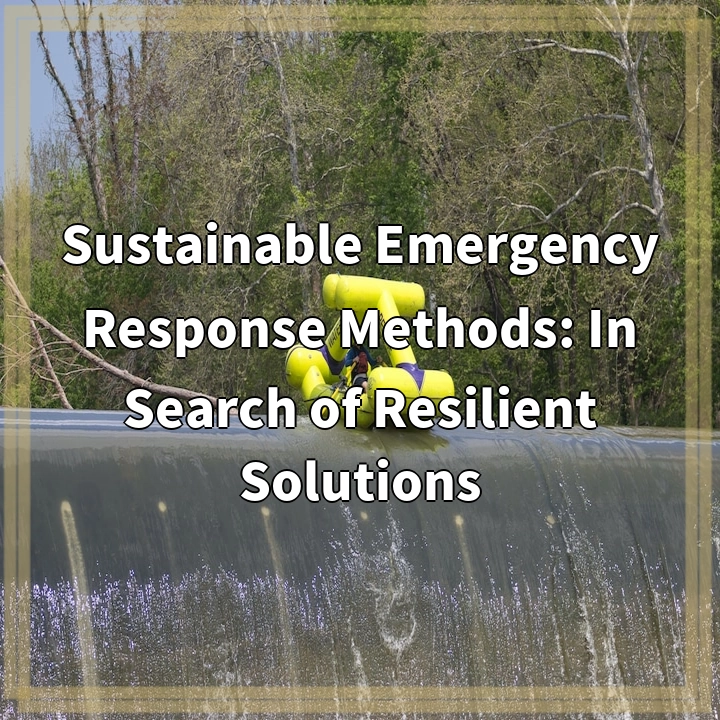
What it is:
Generating Green Footprints on the Dance Floor: Exploring Sustainability in Ballroom Dancing
Ballroom dancing is an elegant and captivating art form that is enjoyed by many around the world. However, behind the glitz and glamour lies a significant environmental impact that is often overlooked. “Generating Green Footprints on the Dance Floor: Exploring Sustainability in Ballroom Dancing” seeks to shed light on the sustainable practices that can be implemented within this beloved activity.
In recent years, a growing awareness of the environmental challenges facing the planet has prompted individuals and industries to reevaluate their practices and adopt more sustainable alternatives. This includes the world of ballroom dancing, where efforts are being made to reduce waste, conserve energy, and preserve resources.
Real-world problems:
While ballroom dancing itself may not be considered a major contributor to environmental degradation, various aspects of this art form do have an impact. Some of the real-world problems associated with ballroom dancing and sustainability include:
1. Costume production:
Ballroom dance competitions often require elaborate and flamboyant costumes. These outfits are often made from synthetic materials that are resource-intensive to produce and have a significant carbon footprint. Additionally, the frequent production and purchase of new costumes contribute to textile waste and pollution.
2. Energy consumption:
Ballroom dance studios and venues consume a considerable amount of energy for lighting, air conditioning, and sound systems. Inefficient energy usage not only contributes to carbon emissions but also results in higher energy bills and increased operating costs.
3. Waste management:
Ballroom dance events often generate substantial amounts of waste, including food packaging, beverage containers, and decorations. Without proper waste management systems in place, much of this waste can end up in landfills, further exacerbating environmental issues.
4. Travel and transportation:
Ballroom dance competitions and events require participants and spectators to travel extensively, often by air or car. The carbon emissions associated with travel contribute to climate change and air pollution.
Recognizing these real-world problems is the first step towards finding sustainable solutions in ballroom dancing. Through research, innovation, and collective action, this vibrant art form can embrace sustainability and leave a positive impact on both the dance floor and the planet.

Solutions for Sustainability in Ballroom Dancing:
1. Sustainable costume choices:
Encourage the use of eco-friendly fabrics, such as organic cotton or recycled materials, for ballroom dance costumes. Promote the concept of renting or reusing costumes instead of always buying new ones to reduce textile waste.
2. Energy-efficient dance studios:
Implement energy-saving measures in dance studios and venues, such as LED lighting, motion sensor controls, and insulation to reduce energy consumption. Use renewable energy sources, such as solar panels, wherever possible.
3. Waste reduction and recycling:
Establish comprehensive waste management systems at ballroom dance events, including recycling stations and proper disposal methods. Encourage participants to bring reusable water bottles and containers to minimize single-use plastic waste.
4. Carbon-offset programs:
Encourage ballroom dance organizations and events to offset their carbon footprint by partnering with carbon offset programs or investing in renewable energy projects. This helps to neutralize the environmental impact of travel and transportation associated with dance competitions.
By implementing these solutions, ballroom dancing can become more sustainable and contribute to a greener planet. It is crucial for dancers, instructors, event organizers, and the wider dance community to come together and embrace these practices for a more environmentally conscious future.















